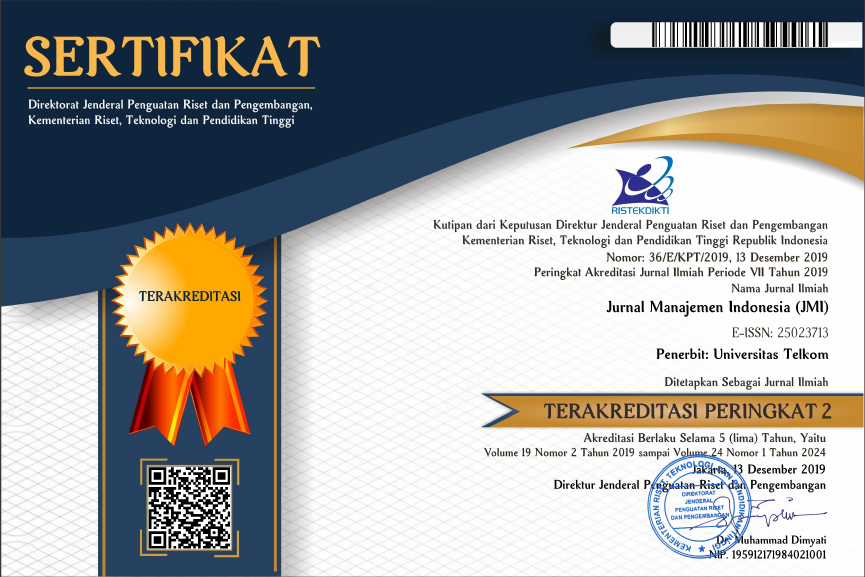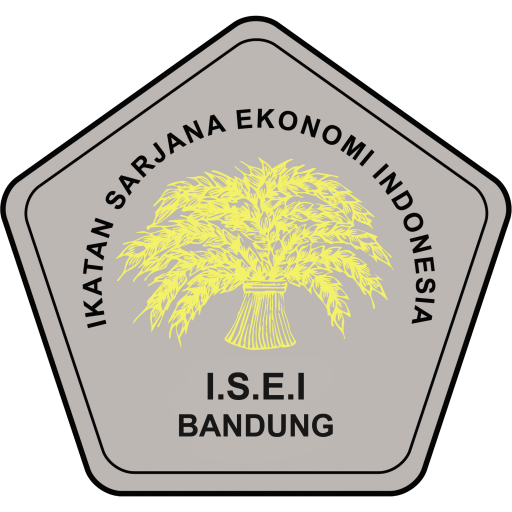Performance Management Practices in Science Technology Parks: Case Study of Bandung Techno Park
Abstract
The main objective of developing Science Technology Parks (STP) is to foster knowledge-based economic clusters in an area. Knowledge-based economic clusters play an important role in encouraging regional innovation and competitiveness to increase the contribution of science and technology in economic development. Due to the important role of the clusters in economic development, it is necessary to seriously manage their performance.
The purpose of this paper is to study the Performance Management Practices and Key Performance Indicators implemented in Bandung Techno Park (BTP) as one of the leading Techno parks in Indonesia through the literature review method. This research revealed that there are a number of standard or similar KPIs widely used in many STPs, such as the number of startups created, economic development produced, the number of innovative products made. The study also proposed two additional performance indicators for BTP to complete its goals, which are: economy generated in the area and profitability of STP. The contribution of this research is to provide BTP with a reference for evaluating organizational performance through the use of standard KPIs. Future research can use standardized KPIs that have been validated with a quantitative approach to investigate and evaluate organizational performance.
Keywords— Performance management; Key Performance Indicators; Science and Technology Parks












